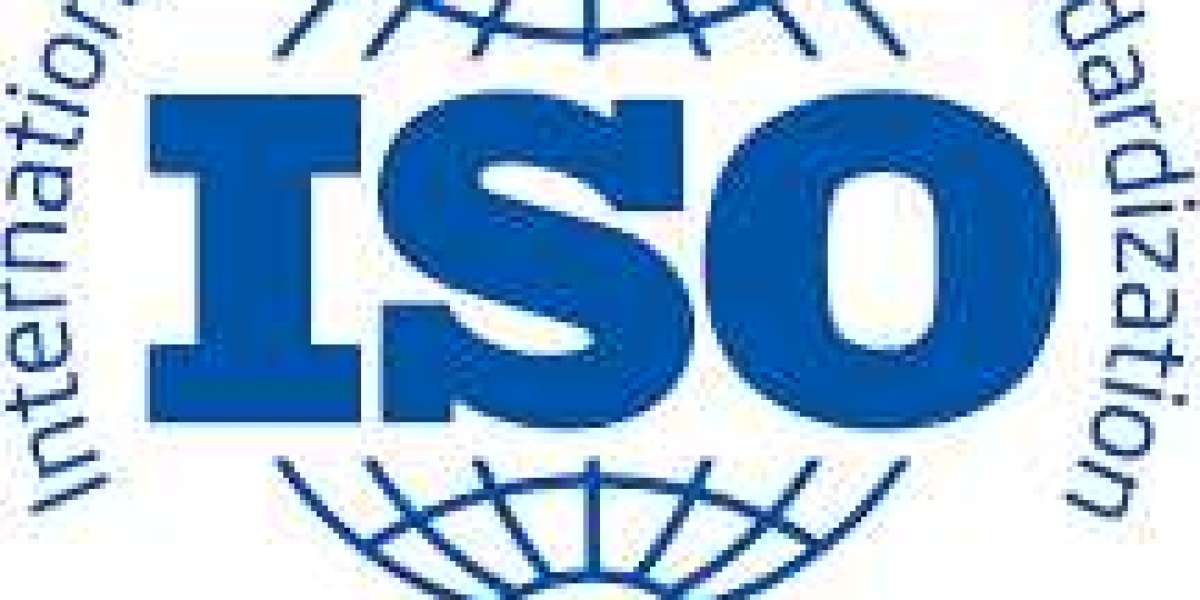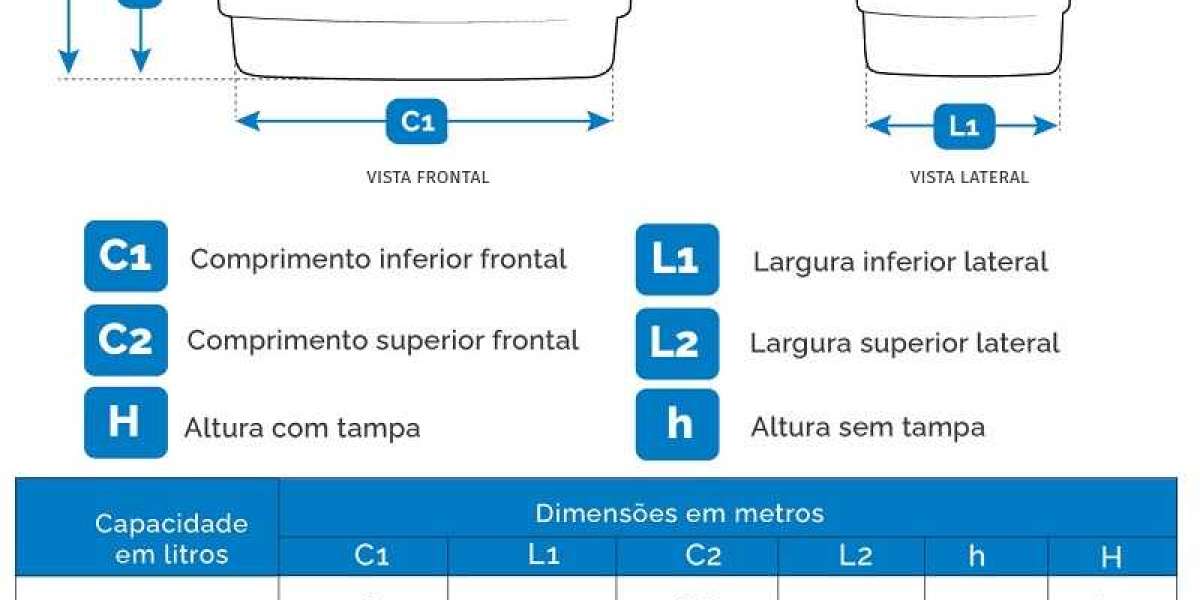ISO 13485 Certification: Ensuring Excellence in Medical Device Quality Management
ISO 13485 certification is the globally recognized standard for quality management systems in the medical device industry. This certification is essential for organizations involved in the design, production, installation, and servicing of medical devices, ensuring that products meet regulatory requirements and are safe and effective for use. This article explores the key aspects of ISO 13485 certification, its benefits, the certification process, and its impact on the medical device industry.
1. What is ISO 13485 Certification?
ISO 13485 is an international standard that specifies the requirements for a quality management system (QMS) tailored to the medical device industry.
Key elements of the ISO 13485 standard include:
- Risk management throughout the product lifecycle.
- Documentation and traceability of processes and products.
- Compliance with regulatory requirements in different markets.
- Systematic review and validation of processes.
ISO 13485 certification demonstrates an organization’s ability to consistently provide medical devices that meet customer and applicable regulatory requirements. It is often a prerequisite for entering global markets and gaining customer trust in the highly regulated medical device industry.
2. Benefits of ISO 13485 Certification
Implementing and achieving ISO 13485 certification offers several advantages for organizations:
a. Regulatory Compliance
ISO 13485 is aligned with many regulatory frameworks, such as the FDA in the United States and the MDR in the European Union. Certification ensures that products meet these stringent requirements.
b. Enhanced Product Safety and Quality
The standard emphasizes risk management and process validation, reducing the likelihood of product failures and recalls.
c. Market Access
Certification is often a requirement for selling medical devices in international markets, enabling companies to expand their global footprint.
d. Competitive Advantage
ISO 13485 certification enhances an organization’s reputation and credibility, giving it a significant edge over uncertified competitors.
e. Improved Operational Efficiency
By standardizing processes and emphasizing continual improvement, ISO 13485 helps organizations streamline operations, reduce waste, and improve productivity.
3. The ISO 13485 Certification Process
Achieving ISO 13485 certification requires a systematic approach. Here are the key steps involved:
a. Understanding the Standard
Start by obtaining a copy of the ISO 13485 standard and familiarizing yourself with its requirements. Consider training key personnel to ensure a clear understanding of what needs to be implemented.
b. Conducting a Gap Analysis
Evaluate existing processes and systems to identify areas that do not comply with ISO 13485 requirements. This analysis forms the basis for planning the implementation process.
c. Developing a Quality Management System (QMS)
Create or adapt your QMS to meet ISO 13485 requirements. This includes documenting processes, establishing risk management practices, and defining roles and responsibilities.
d. Implementing the QMS
Roll out the new or updated QMS across the organization. Train employees, monitor adherence to processes, and address any non-conformities.
e. Internal Audits
Conduct internal audits to evaluate the effectiveness of the QMS and ensure compliance with ISO 13485. This step helps identify and resolve potential issues before the certification audit.
f. Certification Audit
Engage an accredited certification body to perform an external audit. The audit is typically conducted in two stages:
- Stage 1: Review of documentation and readiness.
- Stage 2: On-site evaluation of QMS implementation and effectiveness.
g. Certification Issuance
If the audit is successful, the organization receives ISO 13485 certification, valid for three years, with annual surveillance audits to maintain compliance.
4. Impact of ISO 13485 on the Medical Device Industry
ISO 13485 certification has a profound impact on the medical device industry by setting a high benchmark for quality and safety.
a. Enhanced Patient Safety
By focusing on risk management and compliance, ISO 13485 helps organizations produce devices that are safer and more reliable, ultimately protecting patient health.
b. Global Standardization
The standard promotes consistency across the industry, allowing manufacturers from different regions to collaborate and meet international market demands.
c. Facilitating Innovation
With robust quality management systems in place, organizations can focus on research and development, driving innovation in medical technology.
d. Increased Accountability
ISO 13485 requires traceability and detailed documentation, ensuring that all stages of production and distribution are transparent and accountable.
e. Support for Startups and SMEs
For small and medium enterprises (SMEs) and startups in the medical device sector, ISO 13485 certification is a key step to gaining credibility and securing partnerships or funding.
Conclusion
certification iso 13485 is an essential tool for organizations in the medical device industry, ensuring quality, safety, and regulatory compliance. By adopting this standard, companies can enhance their reputation, expand into global markets, and contribute to the well-being of patients worldwide. Whether you're a startup or an established manufacturer, investing in ISO 13485 certification is a strategic move toward sustainable growth and innovation.








